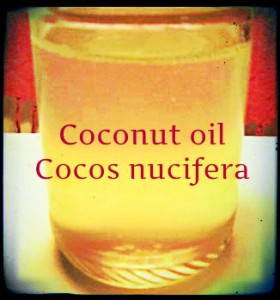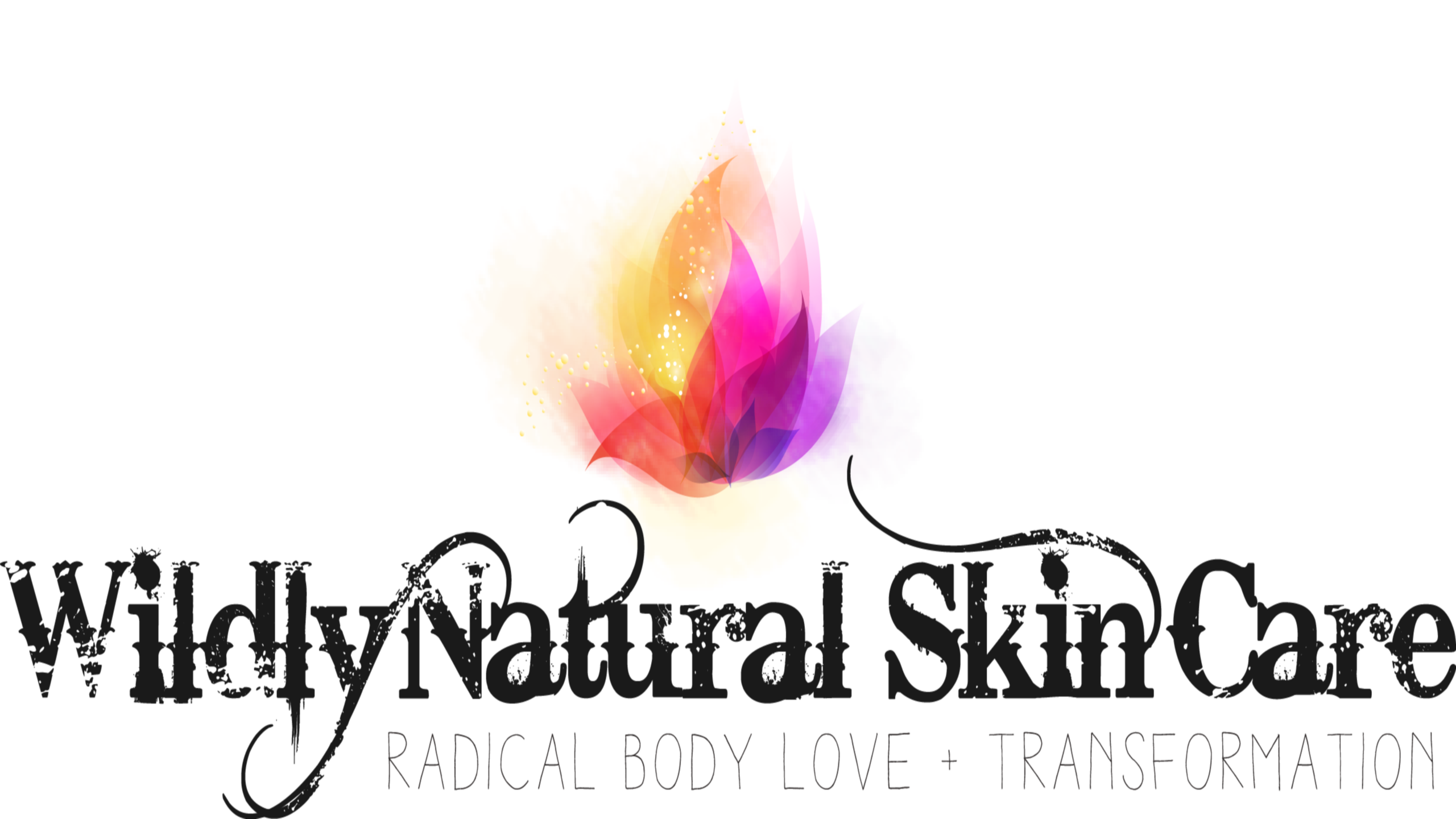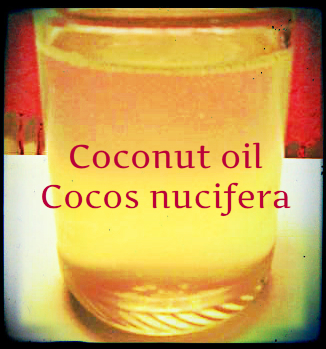
You will read a great deal about coconut oil for skin on this site, because it is one of the oils I use most often. Internally and on the skin, coconut oil is a well-loved and highly useful oil.
I recommend using extra virgin, organic and unrefined coconut oil for skin best results. It has a soft, smooth texture and the deep, distinctive scent of coconuts.
Coconut (Cocos nucifera) thrives in the tropics and is a traditional moisturizer for skin and hair. The oil is extracted from the inner flesh of the coconut and is produced in India, Sri Lanka, Malaysia and Indonesia.
Coconut oil is 90% saturated fat with almost half of that as lauric acid. Lauric acid can kill some bacteria and is antifungal as well, making coconut oil for skin a wonderful antiseptic. Practitioners of Ayurvedic medicine and traditional healers in India use coconut oil as a base for many medicinal preparations for treating skin diseases.
The saturated fat content of coconut oil keeps it as a solid under 76 degrees F and a liquid above that. I find it best to store in an open mouth container so that I can always access it when I want it. I remember when I was first started to make natural products and I made a coconut oil based hair balm. I used a pretty blue glass bottle and mixed it up with some rosemary essential oil. Later I realized it had solidified and I couldn’t use it when I needed it! Ha, lesson learned.
The properties that make coconut oil for skin so useful are:
• It is a “dermal penetration enhancer” meaning that it easily permeates the skin.
• A light oil with a slightly drying quality
• It is used alone and can be blended with other natural skin care oils and essential oils, used in creams, salves and hair and lip balms.
• Contains antiseptic properties
Coconut Oil for Skin Issues Ranging from Burns to Flaky Skin
- Coconut oil is an effective burn wound healing agent, allowing for faster healing without complications. It is both an anti-inflammatory and antiseptic.
- It is one of the most effective oils for acne, as a cleansing oil or moisturizer.
- Coconut oil has been shown to treat Atopic Dermatitis, including infected dermatitis, with a reduction in activity of bacteria, fungi and viruses, including Staphylococcus aureus. For this purpose, apply two times per day for 4 weeks to affected area.
- Prevents free radical formation, promotes healing and gives youthful, soft, healthy appearance to the skin. As a general moisturizer, use coconut oil alone. Apply a small amount and dab off excess.
- Coconut oil can prevent age spots, wrinkles, and other age blemishes
- Soothes wounds, rashes, warts and athlete’s foot
- Coconut oil is a moisturizer for mild to moderate xerosis. Xerosis is a common skin condition which basically means dry, rough, scaly and itchy skin. One study showed significant improvement with use of extra virgin coconut oil. For this purpose use twice per day for 2 weeks.
- As an oil massage for infants, a traditional practice in India, it is shown to increase weight gain. Additionally, it improves skin barrier function (preventing water loss which causes dry skin) and thermoregulation. It is recommended to do the infant massage four times per day for 5 minute intervals.
References:
A randomized double-blind controlled trial comparing extra virgin coconut oil with mineral oil as a moisturizer for mild to moderate xerosis. Dermatitis. 2004 Sep;15(3):109-16. Agero AL, Verallo-Rowell VM. Accessed from http://www.ncbi.nlm.nih.gov/pubmed/15724344
Oil Massage in Neonates: An Open Randomized Controlled Study of Coconut versus Mineral Oil. Department of Neonatology, LTM Medical College and General Hospital, Sion, Mumbai, India. 2005. Sankaranarayanan, Mondkar, Chauhan, et al.
Novel Antibacterial and Emollient Effects of Coconut and Virgin Olive Oils in Adult Atopic Dermatitis. Dermatitis: November/December 2008 – Volume 19 – Issue 6 – p 308–315. Verallo-Rowell, Vermén M.; Dillague, Kristine M.; Syah-Tjundawan, Bertha S.
Burn wound healing property of Cocos nucifera: An appraisal. Indian J Pharmacol. 2008 August; 40(4): 144–146. Srivastava & Durgaprasad.
Accessed from http://www.ncbi.nlm.nih.gov/pmc/articles/PMC2792613/

